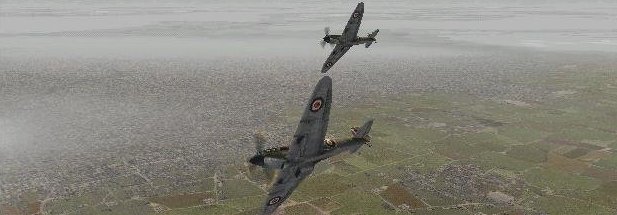About terminal velocity, velocity in free-fall for any object is going to be governed by three things: the relative gravity between the two objects (obviously, the gravity of the larger object, i.e. the planet, is of most significance, but all physical objects have gravity); the distance between the two objects for gravity to accelerate the two objects toward one another; and, anything that would produce additional forces, such as friction due to atmosphere.
When it comes to friction caused by an object moving through an atmosphere, both the density of the atmosphere and the properties of the object (density, volume, and surface area, for starters) are going to influence the effect friction has on decelerating the falling object. Density will also affect whether or not the object is so buoyant as to be unable to "fall" (be pulled through by gravity) through whatever constitutes the atmosphere.
Surface area (both quantity and geometric shape) really influences friction a great deal. If you take a pebble that weighs 1 gram and a mass of crumpled paper that weighs one gram, the friction via air resistance that the surface area of the paper experiences is much greater than that of the pebble causing it to fall more slowly, that is, have a lower terminal velocity.
Now, in determining the terminal velocity of a person, you can toss right out mass and density, as neither vary enough from human to human to affect terminal velocity to any significant degree. But, how a person's body is configured (flailing about, straight as a rod with arms tucked in, rolled into a 'cannonball', etc.) is going to significantly change the nature of their surface area and thus significantly impact their terminal velocity. Also, changing clothes from say jeans and an angora sweater to a rubber suit is changing the nature of the surface area, again affecting terminal velocity.
It is these differences that I suspect are the reason there have been so many varying answers posted about what is the terminal velocity for a human in free fall. As for the maximum speeds that have been mentioned, those represent very specific circumstances where everything was done to ensure the highest possible terminal velocity. As for the 150-200mph range that has been oft-quoted, I can only imagine that this is perhaps the terminal velocity for a person dumped into free fall and just sort of flopping their way down to the ground. Seeing as I am all out of bodies/willing test subjects to toss out of aircraft to test this theory, it would be great if someone could verify this for me.
But, the important thing to remember is that terminal velocity is not fixed for all humans no matter what. It would be fixed for a specific set of conditions. For example, the same person always jumping from 10,000 feet, always wearing the same rubber suit, and always in the same head down position with arms tucked alongside the body could expect to reach roughly the same terminal velocity each time.
Now, the million dollar question is, if all conditions were optimal, what then would be the maximum terminal velocity for a human free-falling towards the Earth? My guess is that whatever that velocity is, the conditions to achieve it would likely prove fatal to the person attempting it. Thank goodness there is no shortage of humans with giant cajones and a few cards short of a full deck.

As a preemptive edit, I stopped studying physics about 2 1/2 years ago as a regular activity (it's amazing how graduating university will make a person lazy), thus I had to do a fair measure of this from my memory, and that just isn't what it used to be. So, if there are any physicists out there, feel free to knock my explanation into shape. I am interested in this sort of thing, but I would not claim to be an expert.










 ...!
...!



